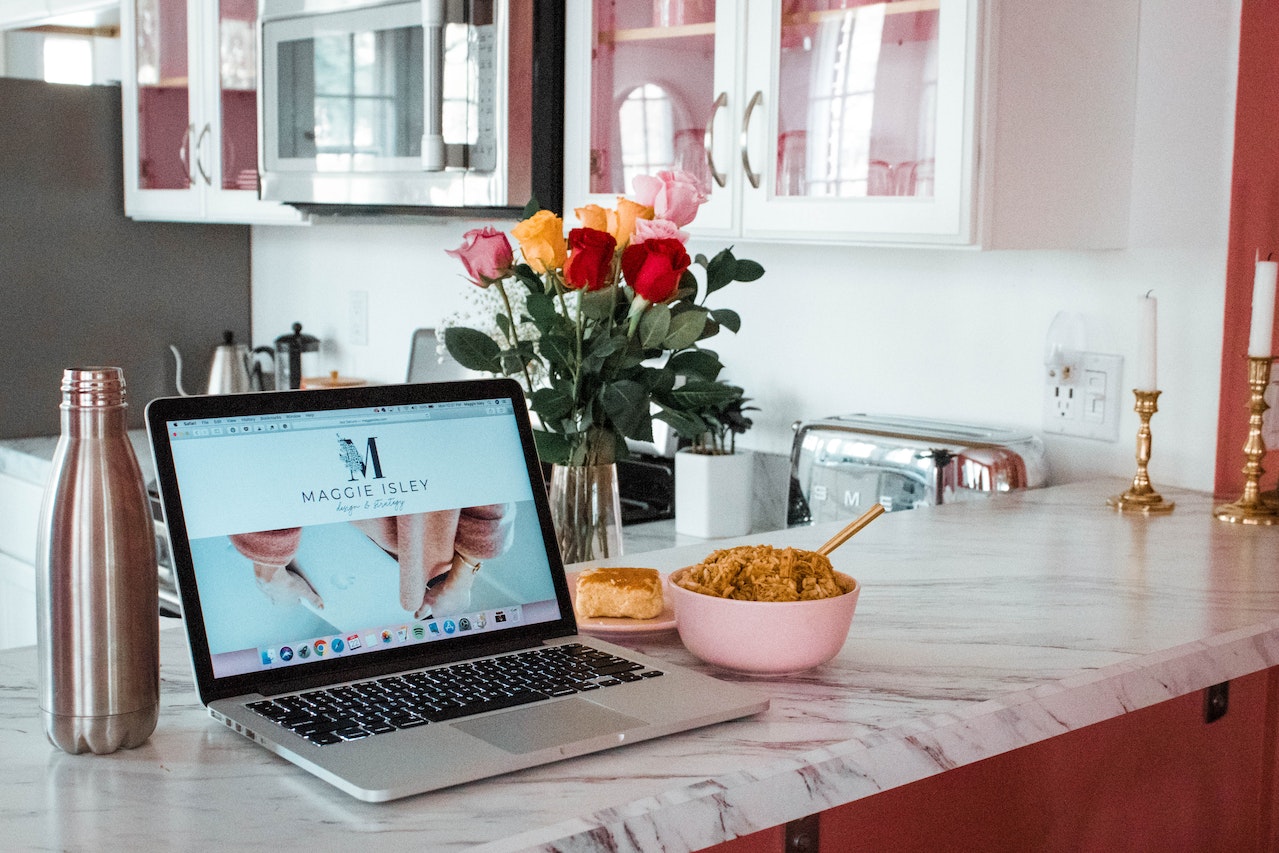Choosing the perfect laptop can often feel like navigating through a sea of technical jargon. Among the numerous specifications, screen size is a crucial factor influencing your overall user experience.
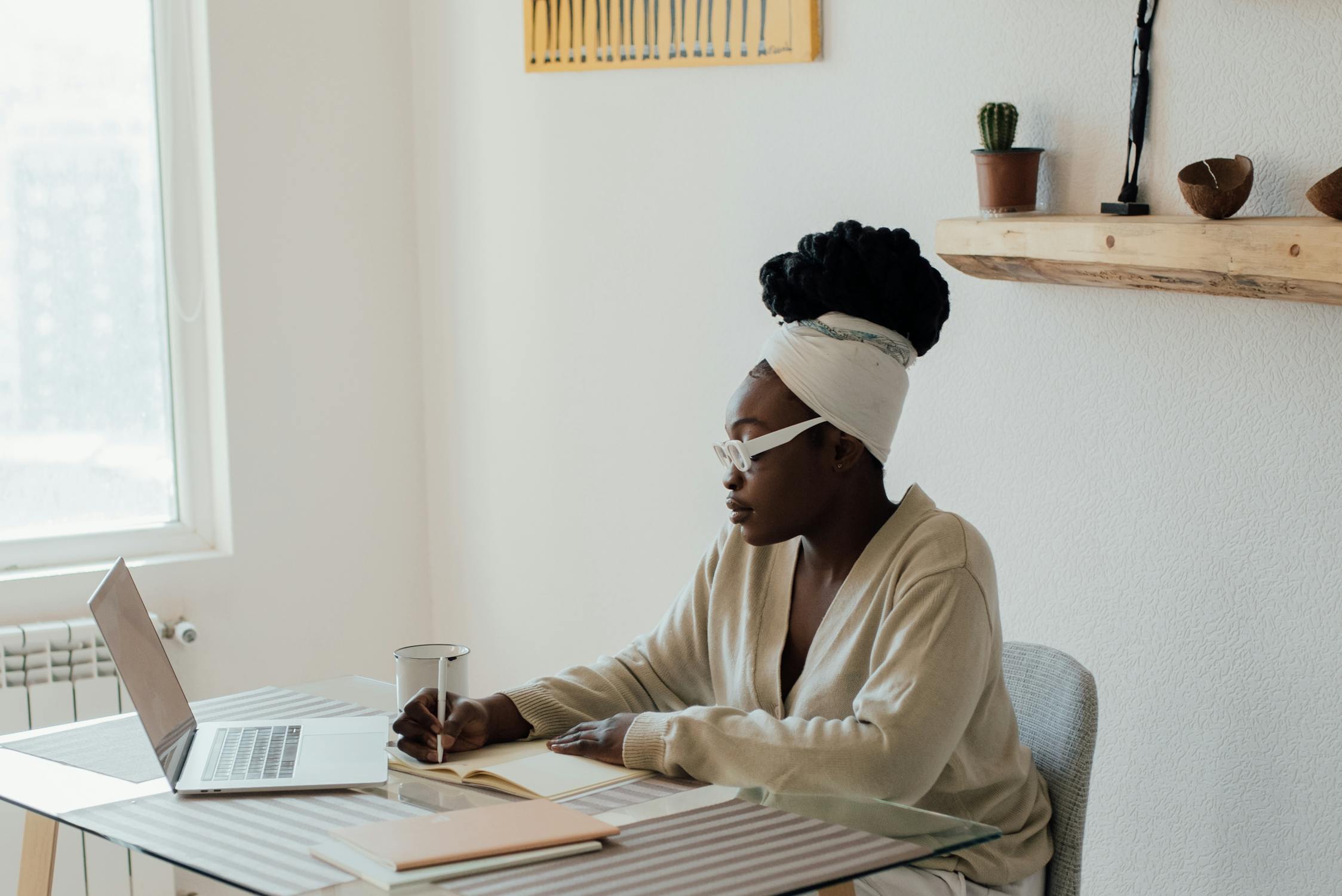
Whether you’re a graphic designer needing a large display for intricate designs, a hardcore gamer seeking immersive gameplay, or a casual user prioritizing portability, choosing the right screen size can significantly enhance your productivity and satisfaction.
When it comes to choosing a laptop, one of the most critical decisions you will make is choosing the right screen size. Your laptop’s screen size can significantly impact your user experience, so choosing a size that best suits your needs is essential.
This guide will walk you through the factors to consider while choosing the optimal laptop screen size for your specific needs.
Main Factors to Consider
The first factor to consider when choosing a laptop screen size is your needs. What do you plan on using your laptop for? If you’re only going to be doing casual tasks such as web browsing and watching videos, a smaller screen size may be sufficient.
However, if you plan on doing a lot of productivity work, such as word processing or spreadsheet creation, then you will need a larger screen. Pay attention to the resolution of the screen as well, as both the resolution and size will impact how much you can comfortably fit on the screen.
Portability
Another factor to consider is how often you plan on taking your laptop with you. If you’re a student or a business professional who frequently travels, you’ll want to prioritize portability, which means a smaller and lighter laptop screen size like an 11 or 13-inch laptop screen.
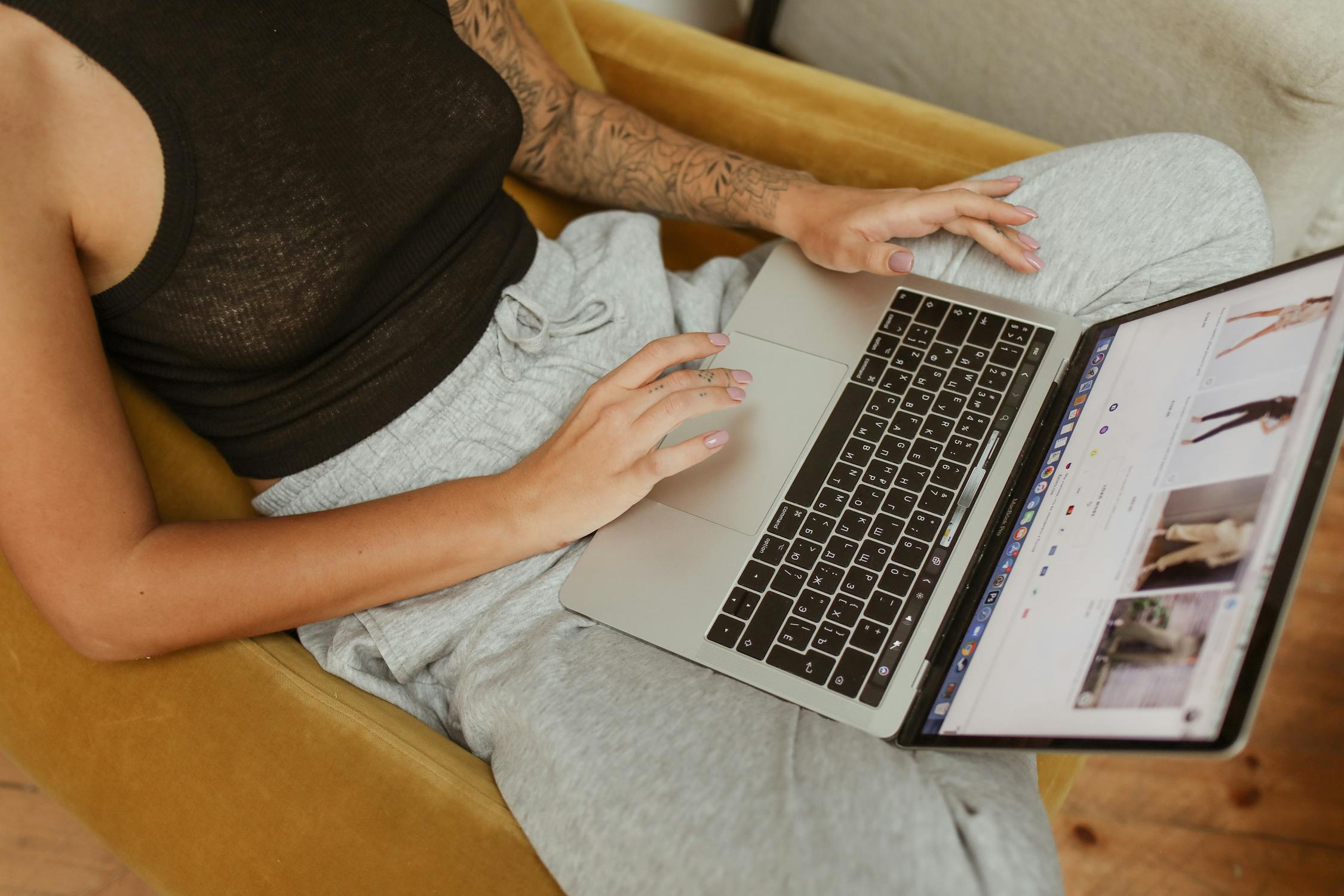
However, if you plan on keeping your laptop at home and only occasionally moving it, then portability may not matter as much to you.
Your Budget
The last factor to consider is your budget. Generally, larger laptop screens tend to be more expensive than smaller ones. If a larger screen size is essential to you, then be prepared to spend more money.
You can still find high-quality laptops within a reasonable budget in smaller screen sizes.
But it is often hard to justify spending thousands of dollars on a computer that will become obsolete before you know it. That is why we suggest looking into buying a high-end pre-owned laptop instead. You can find one with a screen that fits your needs and a price within your budget on online platforms like ours, Gadget Salvation. Our inventory updates daily, and we have pretty sweet deals on laptops, tablets, smartphones, you name it, often up to 60-70% retail price. And sure, signs of use and cosmetic blemishes are to be expected when shopping for used electronics, but we think the price makes up for those. So, whether you’re looking to upgrade your tech or hoping to find a new home for your used laptop, don’t forget to check Gadget Salvation for an instant estimate or to see our latest pre-owned tech deals.
Additional Factors to Consider
While screen size is a major factor to consider when choosing a laptop, there are other screen aspects that can significantly impact your viewing experience. Here are some additional factors to take into account:
Resolution
Screen resolution refers to the number of pixels that fit on the screen horizontally and vertically. Higher-resolution screens provide more detail, sharper images, and larger workspaces. For example, a full HD (1920 x 1080 pixels) or 4K (3840 x 2160 pixels) screen will give you a more crisp, detailed image than a standard HD (1366 x 768 pixels) screen.
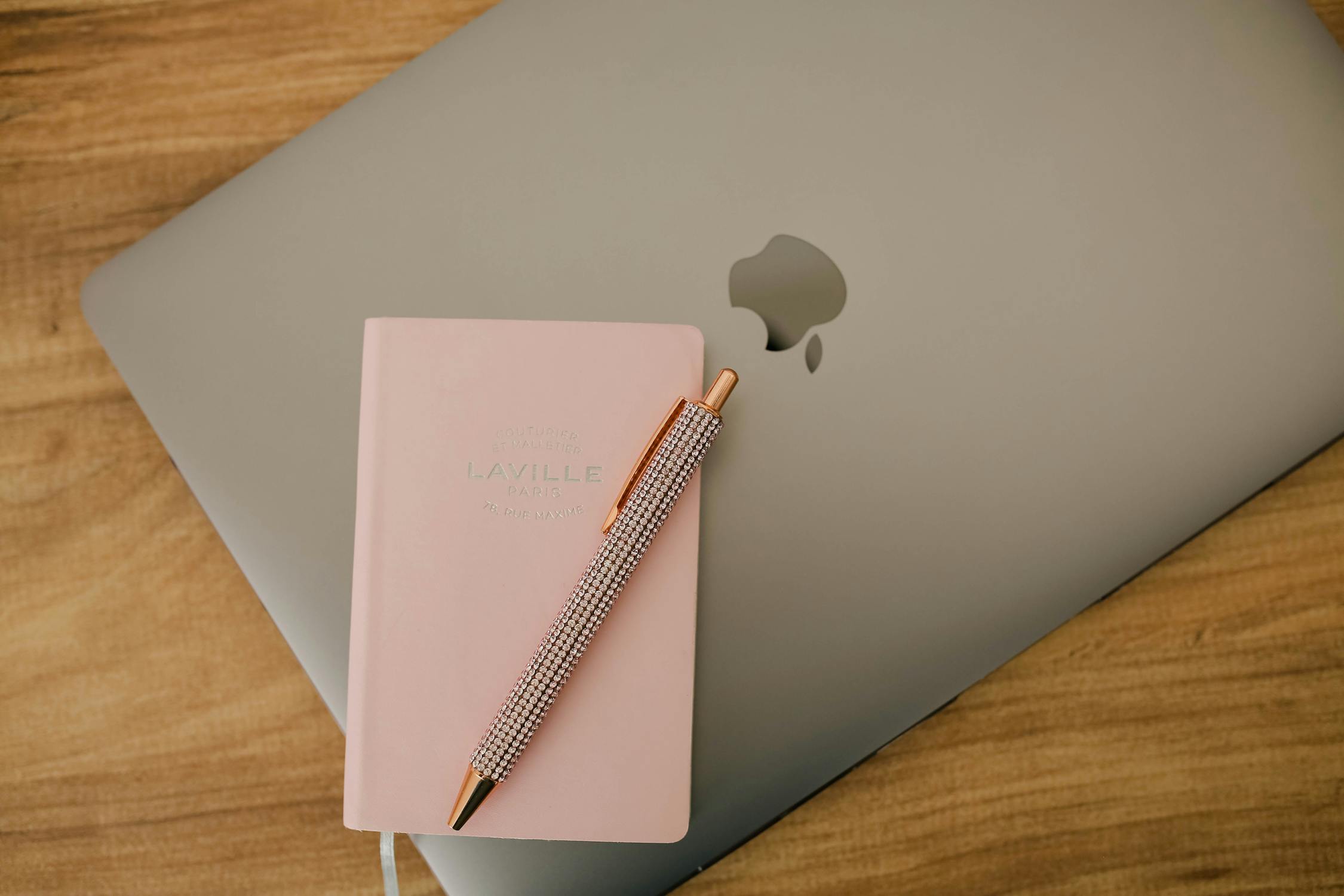
Related: What is the Best Screen Resolution for Gaming?
Aspect Ratio
The aspect ratio is the ratio of the width of the screen to its height. Common aspect ratios include 16:9 (widescreen), which is ideal for watching movies and playing games, and 3:2, which offers more vertical space and is thus preferred for productivity tasks and web browsing.
Viewing Angles
Viewing angles refer to the angle at which you can view the screen without the colors distorting or the image appearing dim. A wider viewing angle is preferable as it means you can move your head or the laptop around without the image quality deteriorating.
Brightness and Color Gamut
Brightness and color gamut are crucial factors to consider, especially for graphic designers and movie enthusiasts. A brighter screen will be easier to see in well-lit conditions. The color gamut refers to the range of colors a screen can display. The wider the color gamut, the more vivid and accurate the colors on the screen will be.
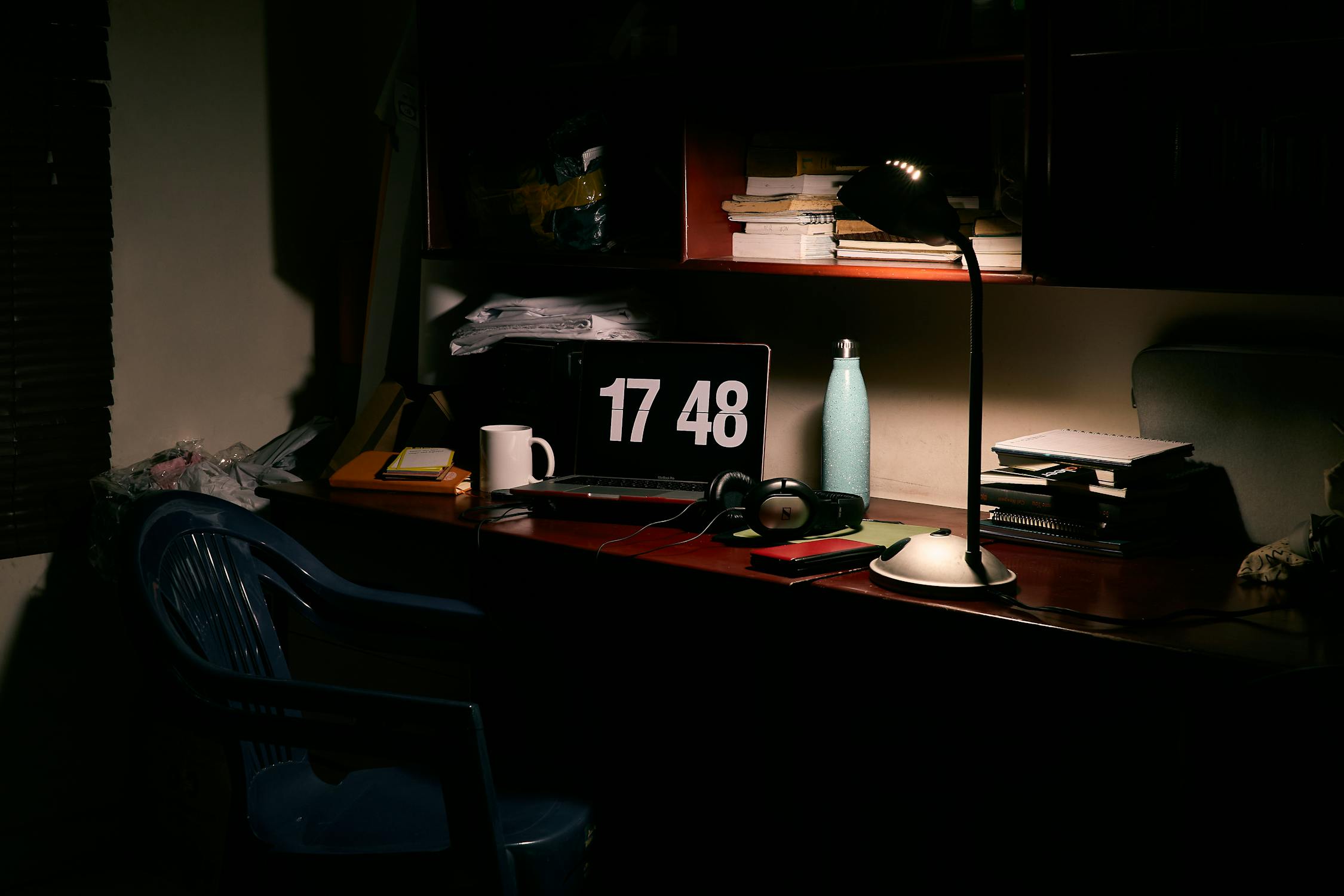
Remember, the key to picking the perfect laptop screen size and features is understanding your needs and how you intend to use your laptop. So, take the time to consider these factors, along with the screen size, before making your choice.
Common Laptop Screen Sizes
There are several common screen sizes that you’ll come across when shopping for a laptop:
- 11-inch: This is the smallest laptop screen size and is ideal for portability. However, it’s not ideal for productivity work as the screen might feel cramped.
- 13-inch: This is a popular laptop screen size that offers a balance between portability and usability. This size screen works well for people who travel frequently and need a balance of portability and functionality.
- 15-inch: This is a larger laptop screen size that is ideal for productivity work. It’s also great for gamers and movie-watching enthusiasts who want a larger screen size for a better viewing experience.
- 17-inch: This is the largest laptop screen size, although a few 18-inch models were released in the past, not getting much traction due to size and weight. 17-inch display and offers the best viewing experience for gaming, graphic design, and movie watching at the expense of portability.
Selecting the right laptop screen size ultimately hinges on your individual needs, goals, and preferences. Always weigh your specific requirements, your laptop’s intended use, your mobility, and your budget to make an informed decision.
Rest assured, whether you prefer a compact 11-inch size for superior portability or a larger 17-inch screen for an immersive viewing experience, there’s a laptop out there that’s perfect for you. Remember, there’s no one-size-fits-all when it comes to laptop screen sizes – what matters most is that it fits your unique needs and enhances your digital experience.
What is the Ideal Laptop Screen Size?
The ideal laptop screen size varies depending on the user’s specific needs and preferences. Smaller screen sizes, such as 11 or 13 inches, may be ideal for users who value portability and frequently travel.
On the other hand, if the laptop is primarily used for productivity tasks, gaming, graphic design, or watching movies, a larger screen size, like 15 or 17 inches, may be more appropriate. Therefore, the ‘ideal’ laptop screen size is subjective and depends on a combination of factors, including the intended use, the frequency of travel, and the user’s budget.
In Conclusion
Choosing the best laptop screen size for your needs requires careful consideration of your needs, preferences, and budget. Remember that there is no one-size-fits-all solution, and you need to weigh your priorities to make the best decision for you.
By narrowing down your needs and evaluating the benefits and drawbacks of each laptop screen size, you can make an informed decision that will lead to the ideal laptop for your needs.



